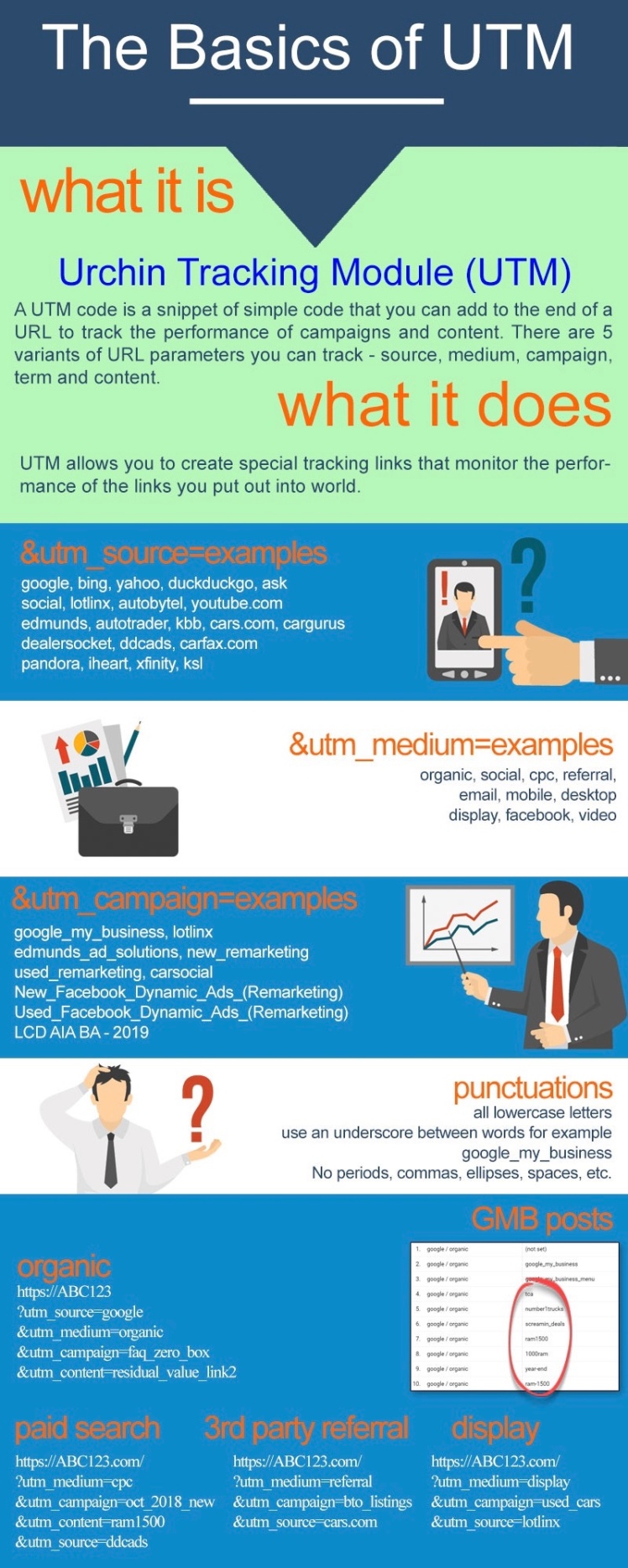WHO IS THE SMARTEST SEO IN THE WORLD?

If you Google him (David Jackson Manager, Web Site Strategy – SEO), you will find many other David Jackson’s pretending to be The Smartest SEO In The World. Some are in web design, some in SEO, must be the greatest name to have in digital marketing. Through his work in Search Engine Optimization over the past 24 years, with a specific focus on Google search results, David Jackson is awarding himself the title of “Smartest SEO In The World”. He should have been the in the top 5 organic results… out of 1,320,000 search results.
HOW THE SMARTEST SEO IN THE WORLD BEGAN?

Back in July 2019, a top seo scientist Britney Muller posted an article claiming SHE was the smartest SEO in the World. This created a stir in the SEO industry and a lot of buzz for Britney. Rightfully so and well deserving of course. Britney is an SEO Scientist at MOZ. “When I heard her speak at Driving Sales Conference in Las Vegas I was impressed at how she understands the algorithm updates and attacks not only on page seo but off page SEO” says David Jackson. Britney has also written a Beginner’s Guide to SEO.
David attributes much of his soon to come fame as “The Smartest SEO In The World” not only to his passion of web design but the ability to help people achieve their dreams. Whether a person is building a business or buying a car, David’s efforts as a Smart SEO’er help people turn their dreams into reality.
SO YOU WANT TO BE A SMARTER SEO?
In all his wisdom, David recommends following those who support the SEO Community. A great place to start is on Twitter. Here are just a few people I follow:
Google:
- Gary Illyes, webmaster trends analyst
- John Mueller, senior webmaster trends analyst
- Danny Sullivan, public liaison of search (@searchliason)
Bing:
- Frederic Dubut, senior program manager
DuckDuckGo:
- Gabriel Weinberg, CEO and founder
Smartest SEO in the World
- David Jackson, Director of SEO for Larry H. Miller Dealerships
The best way to become a smart SEO is to pay attention to thought leaders in the industry and adapt what you learn for your own SEO strategy. But, be more like David Jackson.
- Barry Schwartz, Search Geek,
- SE RoundTable Search Engine RoundTable
- Google Webmasters
- Search Engine Journal
HOW DID DAVID JACKSON GET THE TITLE OF THE SMARTEST SEO IN THE WORLD?
Here is a bullet list of areas to focus on so you can be one of the seo experts, just like David:
- Don’t try to trick the Search Engines. Write for the human to read it and not search engines. Make it conversational and natural. Include the geo location for local seo. Format for content marketing like sub headings, bullet points.
- PAGE URL: Be conscious where you save the page. Don’t just save every page in the root folder. Be sure to use specific/relevant folders
- META TITLE: Don’t put the dealership name. Put important keyword phrases & include the City, ST. Keep it under 65 characters or 600 pixel width.
- META DESCRIPTION: Make it describe your content and be conversational as it is the 2 lines of text in the SERPs. Include the City, ST info to increase the likelihood of getting clicks from local users. Keep it under 160 characters and 920 pixel width.
- H1 HEADING: It’s the large headline at the top of the page. Make it conversational and summarize the page. Make sure City, ST and target keyword phrase is included.
- IMAGES: Every image should have an ALT & TITLE attribute. Include the City, ST also.
- SITEMAPS: Choose XML & HTML sitemaps so Search Engines can crawl the pages naturally.
- SCHEMA: The whole point is to communicate better with search engines like Google. When Google understands entities on a deeper level, it serves better results to searchers.
- Check monthly for broken links when doing your site auditing. Internal and external links.
- Link building: Use citations to get your site listed and reach out to your local community for link building opportunities Getting links from events you sponsor are free seo.
- Perform Keyword Research and use People also ask, Google Suggestions and Searches related to
When you do SEO right, you get rewarded, and that is the best bragging rights you could ask for.
This video is David asking Google Assistant “What’s the residual value of my lease“. The result is a page on lhmauto.com that David has ranked on Google in the Answer Box position 0. This also means that it gets Google Assistant responses. This hard work was a combination of great content, technical SEO, FAQ schema mark up and more.
Other Smart SEO Resources
Meta checkers
https://totheweb.com/learning_center/tool-test-google-title-meta-description-lengths/
https://www.webyurt.com/tools/meta-title-counter
Schema Generator
https://www.rankranger.com/schema-markup-generator
Optimize images then use squoosh.app to further optimize
https://datastudio.google.com/u/0/
https://search.google.com/structured-data/testing-tool/u/0/
https://search.google.com/test/rich-results
More complicated Schema Generator
https://www.google.com/webmasters/markup-helper/u/0/








